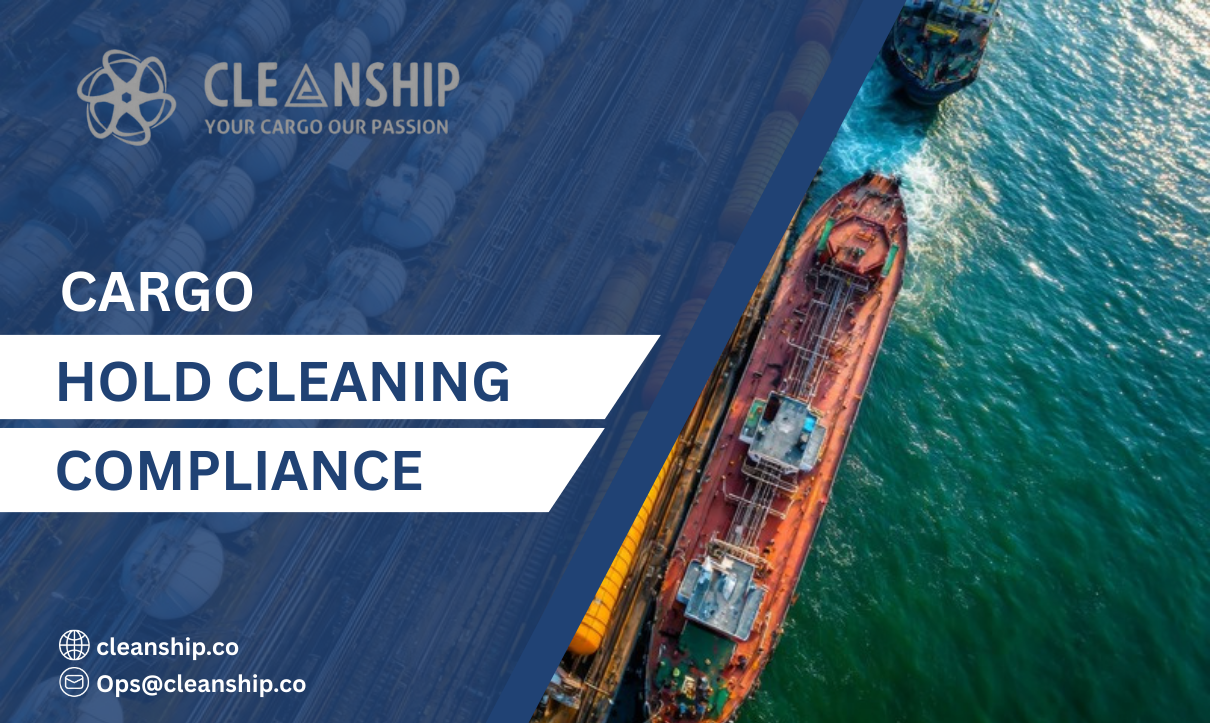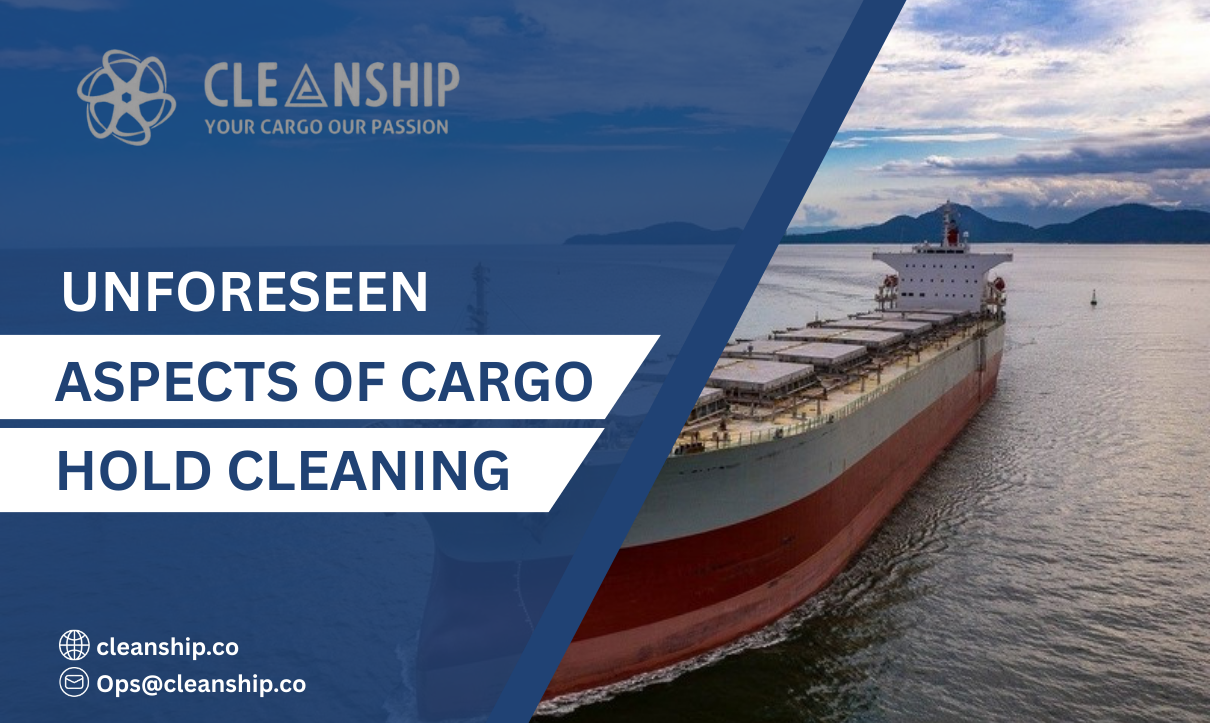Neglecting to protect hearing can have severe painful long-term consequences, affecting not just career longevity but the overall life grade of seafarers. Hearing loss can affect communication, safety, and job routine, leading to increased risks on board and potential for misfortunes. By consistently using appropriate hearing protection and adhering to safety guidelines, seafarers can seriously reduce their risk of hearing impairment, assuring they remain fit for duty and able to perform their roles effectively throughout their careers.
Read also: Decrease Speed When in Highly Congested Waters
According to Britannia, appropriate signage should be installed to warn personnel when they are entering a high-noise area. Noise levels above 80 dB(A) require mitigation efforts, and hearing protection is mandatory at 85 dB(A) and above. The installation and use of temporary equipment can also increase noise levels. The effects of noise should be considered in onboard risk assessments and mitigated as necessary.
Furthermore, all hearing safety equipment must comply with approved standards. In Europe, for example, the most commonly adopted standard is EN 352. Factors to consider when choosing proper hearing protection include maximum noise level experienced, frequency of exposure, work activity, and personal preference. Experience shows that irritated PPE will not be worn as often as it should be.
Read also: Safety Study Grills the Carriage of Charcoal
The goal of hearing protection is to lower the noise levels encountered to 80 dB or below. Over-protection, lowering noise to 65–70 dB or lower, can be dangerous as it impairs the capacity to hear communications and alarms, leading to the removal of protection and exposure to harmful noise levels.
Cleanship’s recommendations for personnel include:
- Always wear the provided hearing protection in required areas. If hearing protection is released, even for a short period, the overall protection provided is significantly reduced.
- Ensure the hearing protection is in a good state, free of unofficial modifications, and clean before use. Report any damage or faults immediately.
- Follow the instructions for proper use. For example, when inserting ear plugs, gently pull your outer ear backward to better align the ear canal for more useful insertion.






Leave A Comment